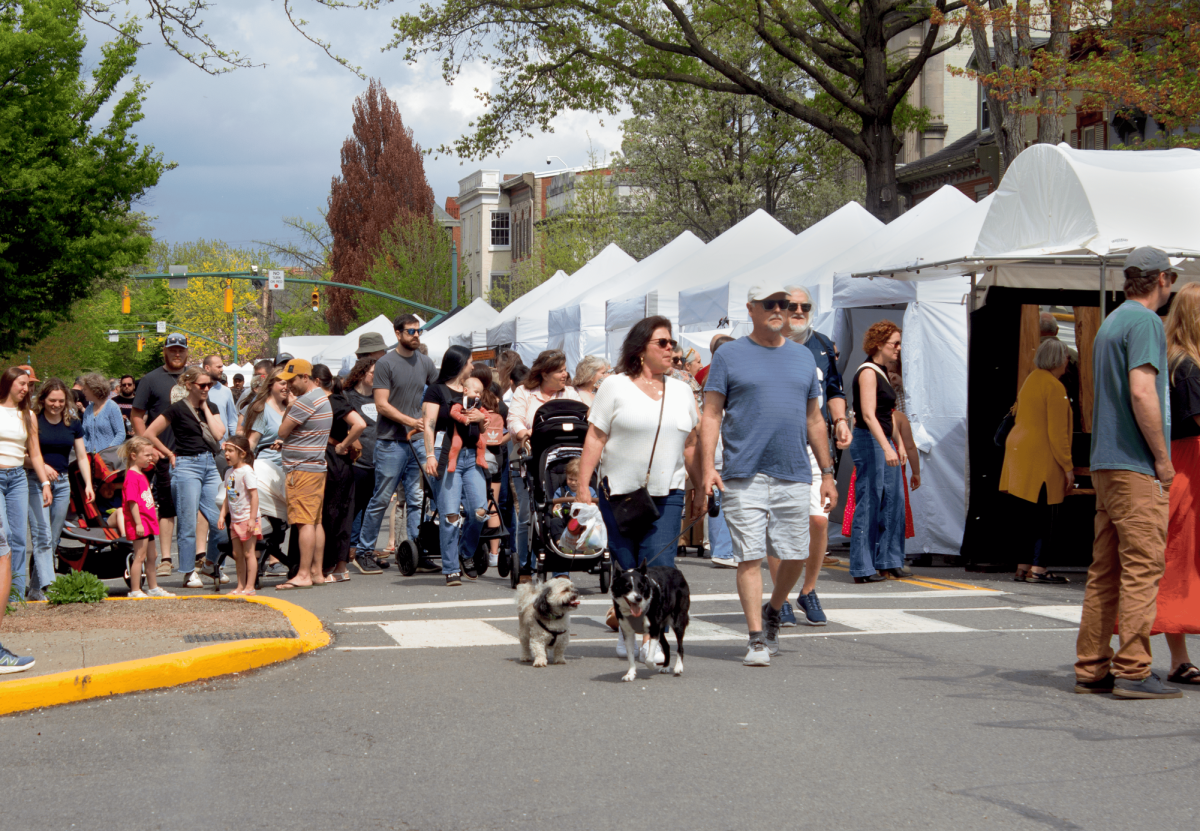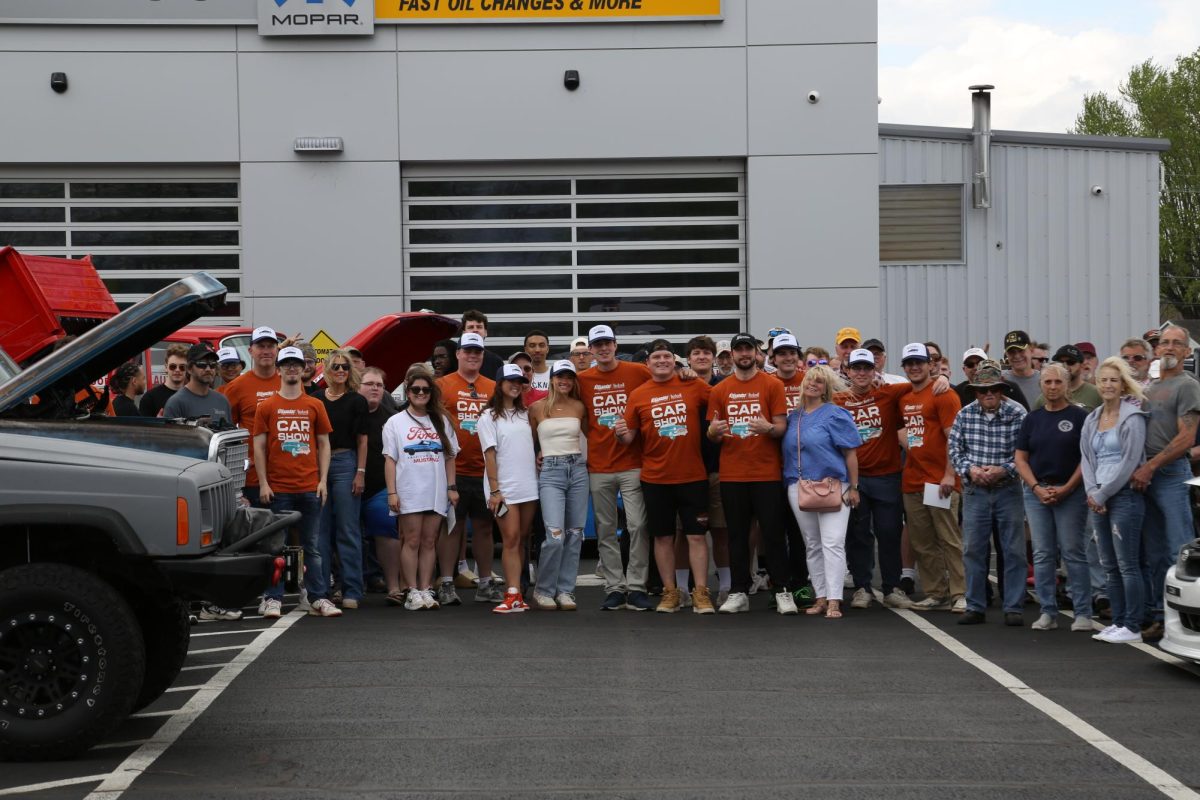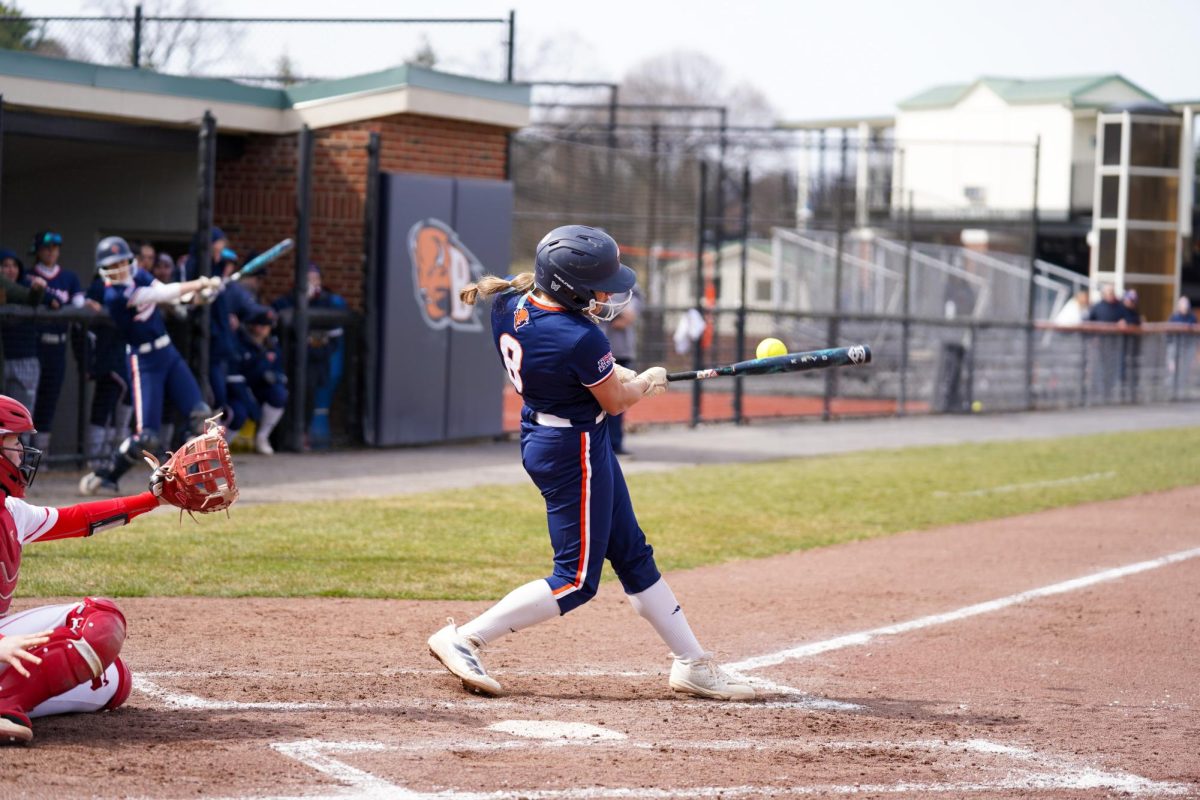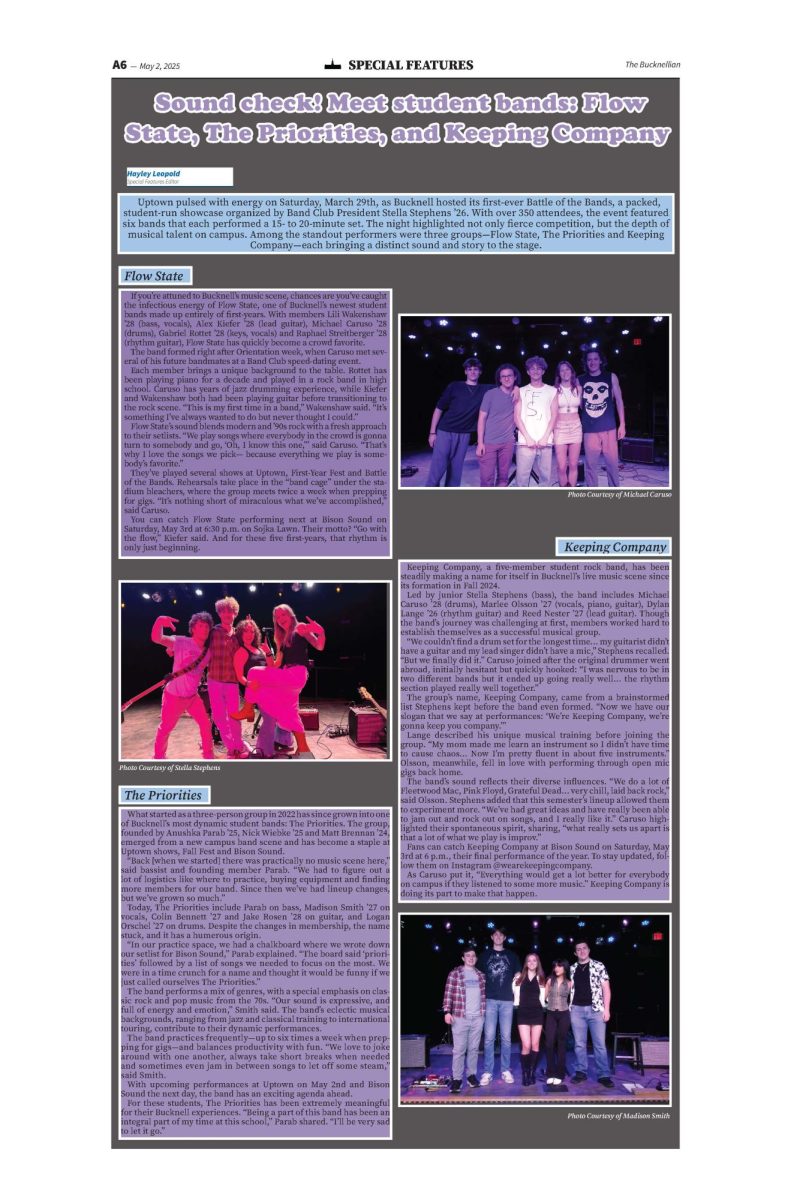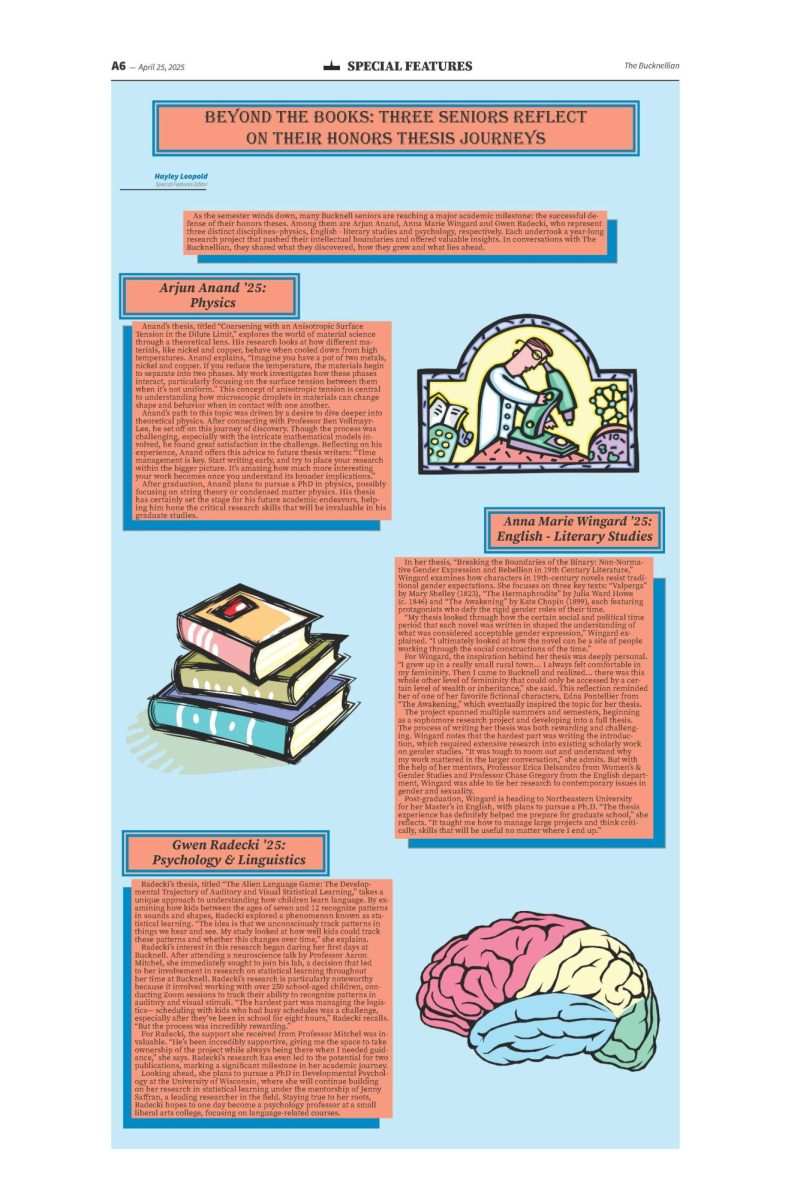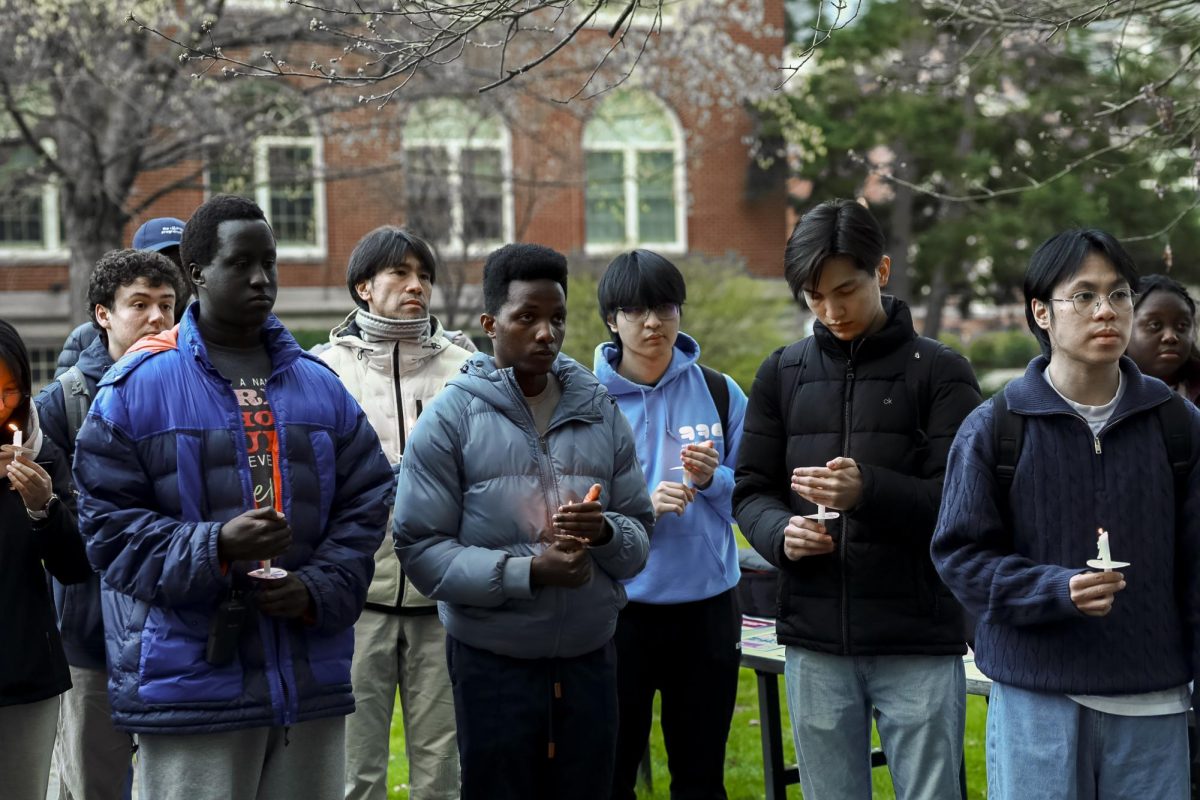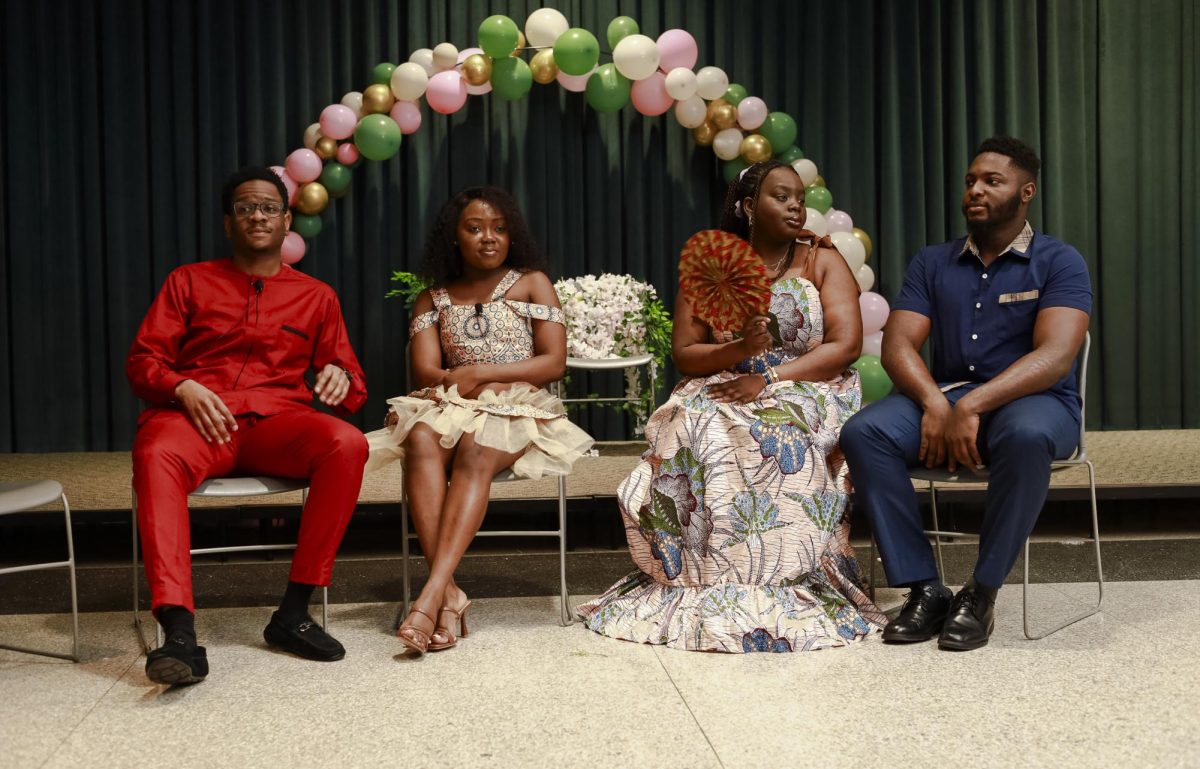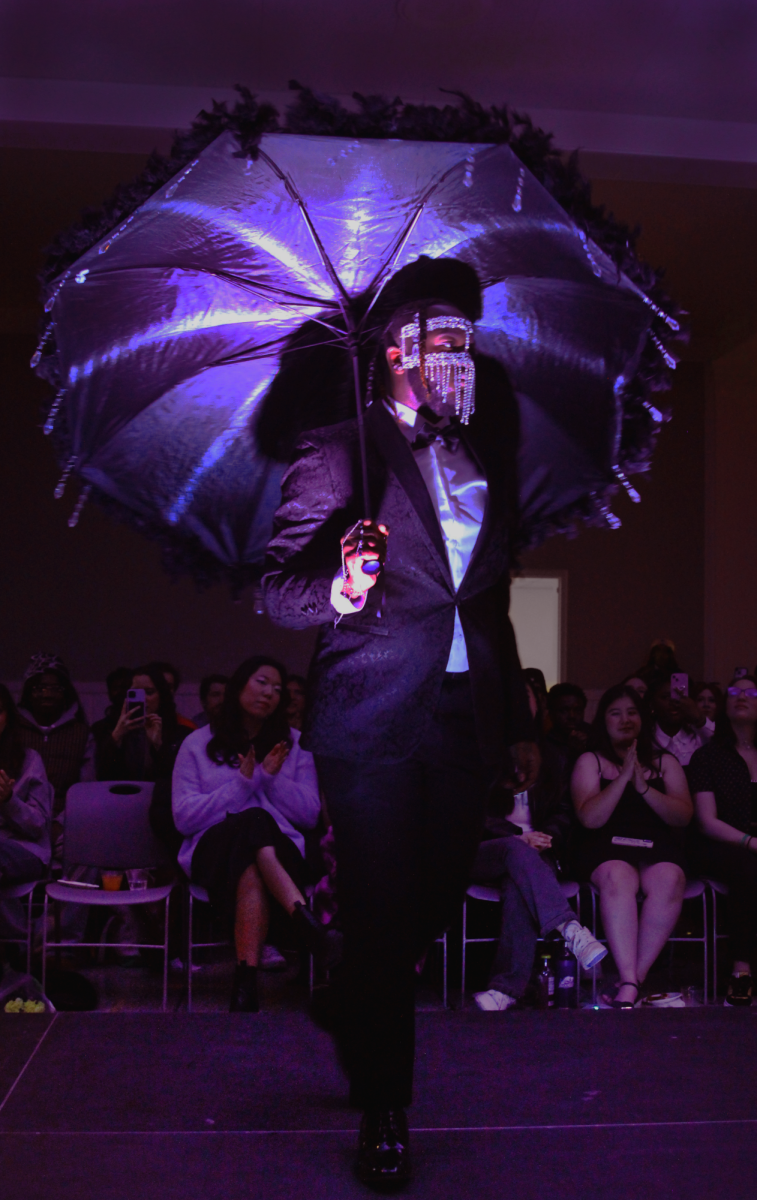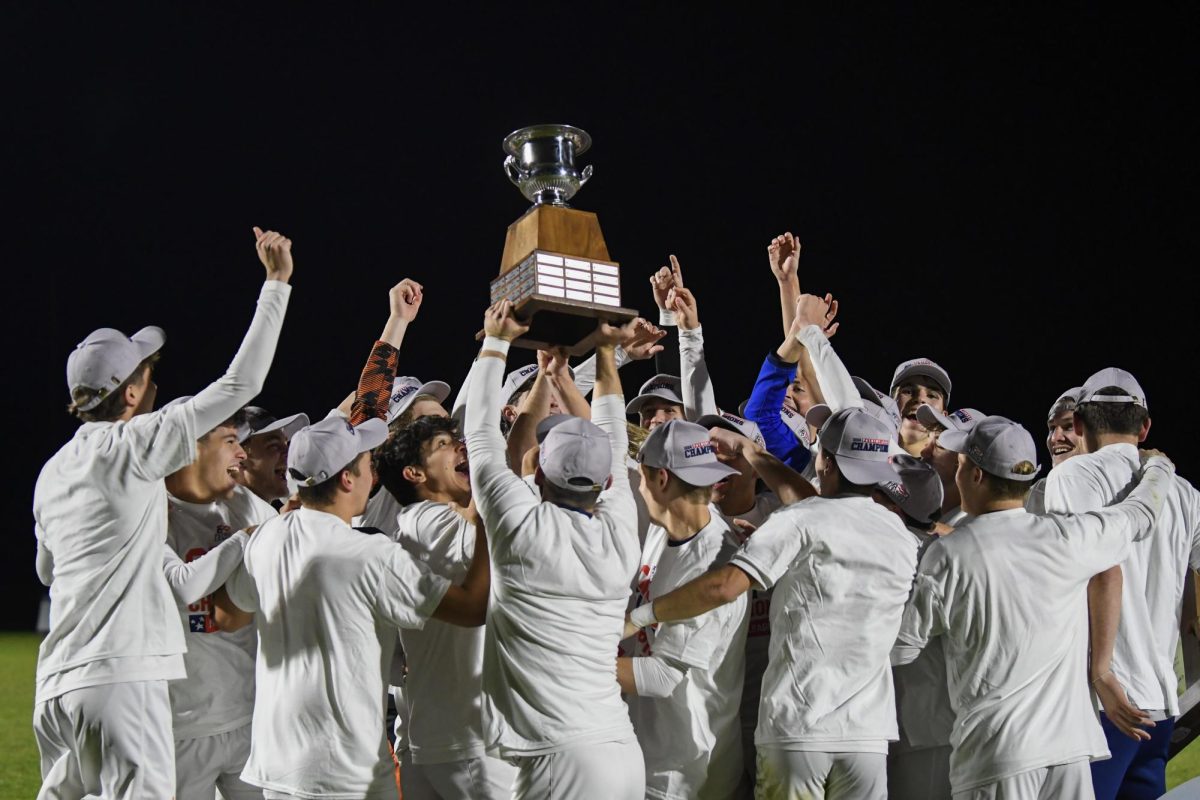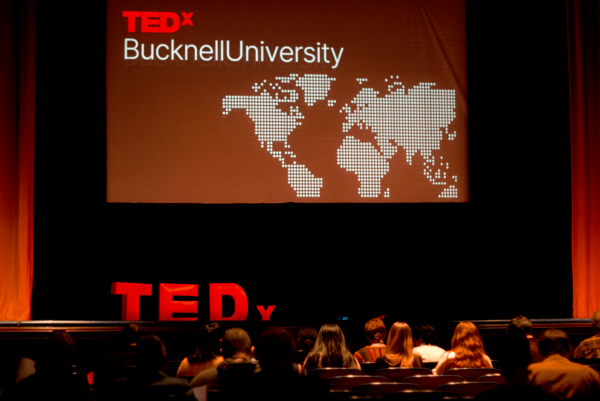Jacob Blake protests: We’ve been here before
September 2, 2020
On Aug. 23 in Kenosha, Wis., police officers were called to a domestic disturbance incident involving 29-year-old suspect Jacob Blake. A struggle between Blake and the police officers soon followed, ending with Blake being shot seven times in the back while entering his car — where three of his children waited inside. Currently, Blake is paralyzed from the waist down, with doctors unsure if the condition will remain permanent.
Context is critical in any situation, but particularly when someone’s life is at risk. While it is true that Blake resisted the officers involved, ultimately their use of deadly force without hesitation is where opprobrium should be directed. Whether Blake possessed a knife in his vehicle or not – the matter remains disputed by the police department and Blake’s attorney – is irrelevant. The assumption that there was one, as well as the conclusion by Officer Rusten Sheskey to retaliate by killing Blake, is the real issue. This sentiment is not lost by many in Kenosha; protests immediately following the shooting have raged for multiple days, forcing an overnight declaration of a state of emergency. These protests are not merely a response to the shooting of Blake, but a continued opposition to the many high-profile police shootings that have occurred in 2020 and the systems that continue to normalize such events.
Protests throughout the week were a mix of peaceful marches as well as riots, and property damage has reached over $2 million dollars. Vocal opponents of the protests often serve to blur the line between peaceful marches and riots, staining the cause that lies at the heart of such movements. But the protests, peaceful or otherwise, have been met with both the National Guard (of which 1,000 were deployed on Aug. 28) as well as armed counter-protesters. Militia groups and – as the Kenosha County Sheriff described them – “vigilantes” gathered to protect businesses such as gas stations and dealerships.
17-year-old Kyle Rittenhouse was one such armed counter-protester, who crossed state lines from Illinois. On Aug. 25 he shot three people that pursued him after seeing he was wielding a weapon. Despite the death of two of these victims, Rittenhouse was not immediately apprehended by police; it was only after he returned to his home state of Illinois the following day that Rittenhouse was formally arrested.
Even after the extent of Rittenhouse’s attack was revealed, there remain staunch defenders of Rittenhouse, criticizing the protests while justifying his actions. Fox News host Tucker Carlson was one such defender, questioning “how shocked are we that 17-year-olds with rifles decided they had to maintain order when no one else would?” Such a statement is not only callous and an insult to the people who lost their lives to Rittenhouse, but also a clear acknowledgment of Carlson’s, and many other’s, mindsets – that vigilante murder is more defensible than protests against systemic injustice.
Even as tensions boiled over in Kenosha, Trump made a visit to the Wisconsin town (claiming to be inspecting the damaged property) over the objections of Wisconsin Governor Tony Evers. Before his arrival, Trump spoke at a Fox News interview comparing the shooting of Blake to a golfer “choking” in a tournament. He also defended Rittenhouse’s actions as self-defense, claiming that he “probably would have been killed” if not for the shooting. These statements, along with others, continue an uncomfortable pattern of the President’s justifying racist actions while vilifying those who have taken part in the protests across the country. It normalizes violence while ignoring the reforms that need to be made on an institutional level.
Despite his continued insistence on “LAW AND ORDER” on Twitter, Trump’s perceived apathy for why the protests began, as well as his inability to condemn hateful groups and individuals, will continue to incite agitation and conflict in our country. The chaos that has unfurled from Kenosha is a symptom of Trump’s America, despite the insistence by his supporters that it is the work of outside insurgents.

